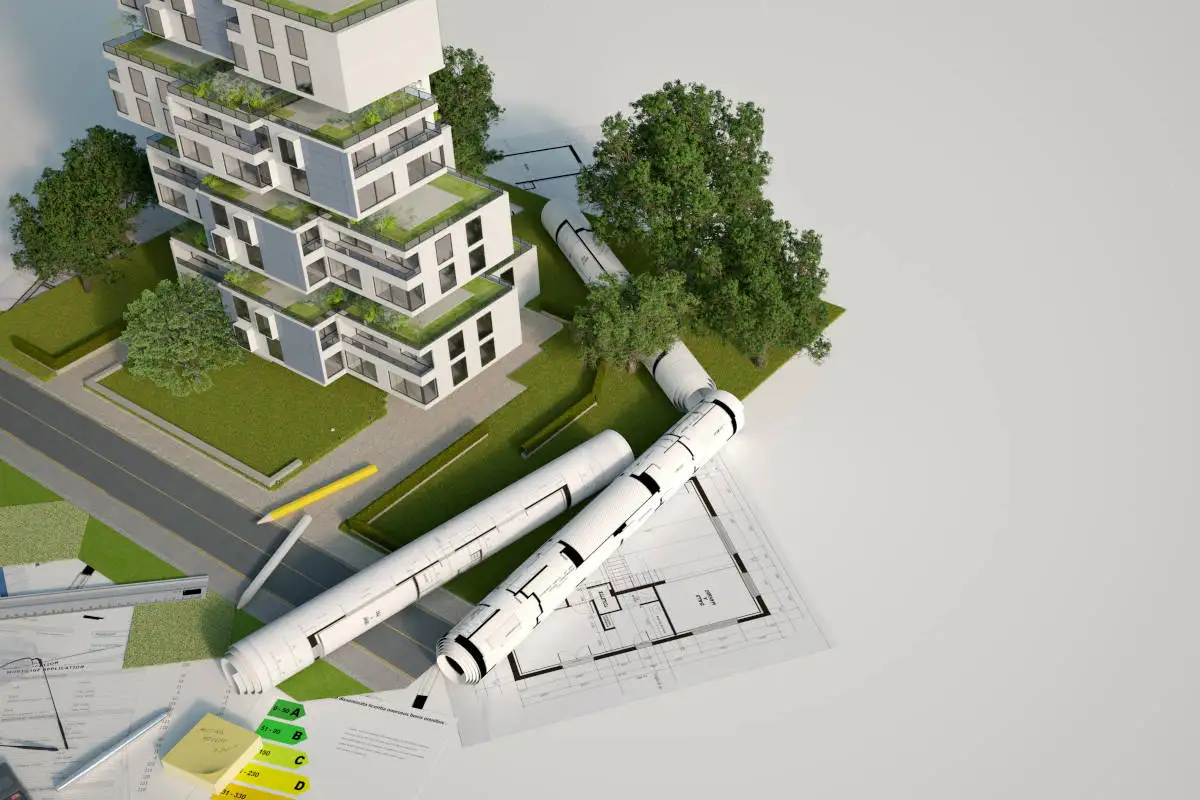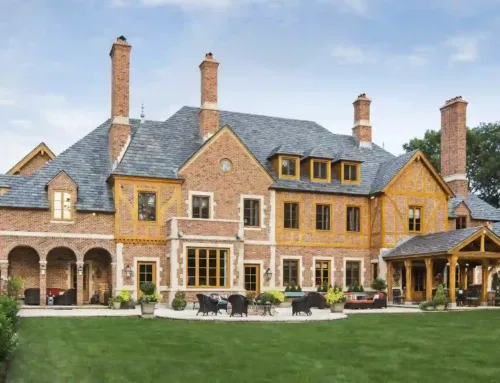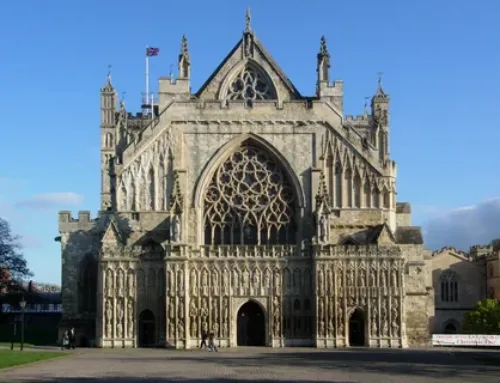What Does an Architect Do in Sustainable Building Design?
An architect’s Responsibilities in sustainable building design are bound to be the total project leader from start to finish. Their job starts with the very first idea and lasts for the building’s whole life. Well, it is not just about picking up the green things. The architect has to coordinate everything and make sure that the building is appealing. They have to meet the client’s requirements and design the building accordingly. In this modern industry, the goals are quite complex due to unique demands. That is why this field requires experienced architects to experiment with light and other factors.
Moreover, they need to manage energy use to resources. That is why the role of architects becomes quite important. They know how to fight against climate change. So, it is highly recommended to rely on architectural 3D visualization services and achieve your goals!
Discover the crucial role of the architect responsibilities in sustainable building design and get an idea of how they convert buildings into high-performing structures!
Responsibilities of Sustainable Architects
On green building projects, architects are responsible for
- Building design
- Creating construction documents
- Identifying and specifying sustainable building materials
Strategic Planning
Architects are responsible for designing buildings so that they become environmentally responsible and economically reliable. Hence, the right method is required in the early stages of the project. During the pre-designing phase, architects review the project plans. They perform site analysis to determine the most sustainable approach for every project.
Material Selection
The next thing is the material selection. Professional architects deliver architectural drawing services by reviewing every material required. According to the research, most of the firms research sustainability while selecting the materials. Usually, sustainable building materials include recycled denim or blown-in fiberglass insulation. Moreover, it also includes:
- Hempcrete
- Bamboo
- Locally Obtained Stone and Rock
- Panels made from paper flakes
The Foundation of Sustainable Architecture
The right design strategies focus on using the natural things. They provide required heating and cooling to the building. However, such strategies must be smartly implemented to achieve sustainable architecture. Experienced artists provide reliable architect designs that reduce energy use.
Key Strategies
Building Orientation and Form
To alleviate energy use and enhance comfort by avoiding direct sun and cutting back heavy cooling needs, fitting building orientation focuses on passive solar design. Some degree of architectural “choreography” takes place with the design of buildings to account for solar pathways and optimal winds.
Natural Ventilation
Natural ventilation is smartly arranged with windows, vents, and other openings. It captures the flow of entering air. With natural ventilation and daylight, the dependence on active ventilation is less, as is the need for artificial lights during the day.
Thermal Mass and Insulation
Solar energy is captured through passive thermal mass construction techniques, which include thick walls absorbing heat during the day for release at night, a technique used in a certain range of climates. Adding high-performance insulation and other airtight design techniques substantially reduces cooling and heating demands.
The use of a combination of passive design strategies has proven to yield 35.4% annual energy consumption reduction, which speaks to the efficacy of creating truly sustainable buildings.
Active Systems and Renewable Energy Integration
Professional architects work closely with engineering consultants to implement sustainable systems. They are in touch with mechanical and electrical engineers to obtain high-efficiency systems.
They include various ways to achieve desired goals, like:
- Use of recycled sourced materials
- Implementation of water conservation systems and
- Rainwater harvesting
- Use of renewable energy sources
Social Equity and Community Impact
Modern sustainable building is not only about saving the planet. It saves communities. So,
- It is also social because the main focus is on the people.
- That is why architects design spaces like parks, plazas, etc.
- These types of areas bring people out and compel them to talk to each other.
- Plus, these types of spaces are important to improve the quality of life. So architect responsibilities also include designing the city to be sustainable.
Coordination and Project Management
Architects are fully aware of all the aspects of the building. They have all the information on site and landscaping design, structural, mechanical, plumbing, electrical systems, communications, security, and technology.
They are responsible for coordinating all matters and team members to achieve the client’s requirements. Plus, all the matters align with building codes or zoning laws; they also have to look into that!
That is why architects regularly visit sites and deeply review the design. On the basis of their feedback, the time is managed accurately and the required design is achieved.
Conclusion
So, architect responsibilities are quite big, from pre-planning to post execution of the project. But it requires complete technical knowledge and creative thinking to handle complex situations. That is why professional CAD drafting services are accurate because they are aware of every detail. Keep in mind, select the right materials to achieve sustainable building design.





